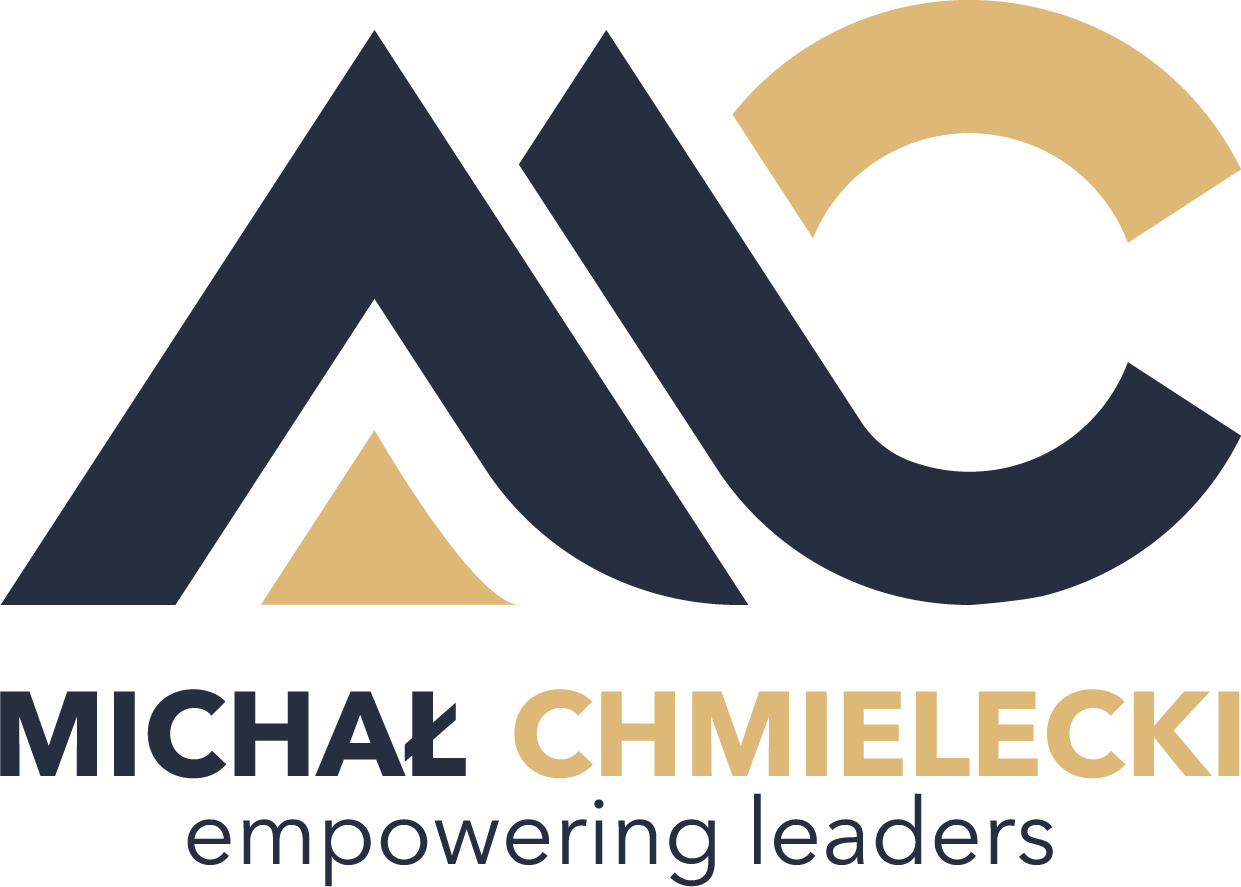Edgar Shein's cultural model
Edgar Shein's Cultural Model has been used in the fields of organizational psychology and management for decades. It is a multi-faceted approach to understanding how culture affects an organization and its employees, as well as how it can be best managed.
This article will explore the components of Shein's model and discuss why it continues to be so influential today.
The Edgar Schein Cultural Model was first developed in the 1970s by organizational psychologist and consultant Edgar Schein. His model is based on the idea that culture can be seen as a system of shared beliefs, values, customs, and norms that are integral to an organization's success. He argued that understanding this system was essential for the effective management of organizations.
At its core, Shein's cultural model consists of three main elements: artifacts, espoused values, and underlying assumptions. Artifacts refer to any physical manifestations or expressions of culture within an organization, such as dress codes, office layout, or organizational structure. Espoused values refer to those ideas that top-level leaders express publicly about their company’s goals and objectives; these may include statements about customer service or innovation in products or services offered. Finally, underlying assumptions are those more tacitly held beliefs that form the basis for behavior within an organization—things like how decisions are made or who should have authority in certain situations.
Shein believed that it was important to understand all three levels because they each had a unique impact on how employees behaved at work (and thus affected overall productivity). For example, if there were no visible signs of respect among colleagues (e.g., no handshake when greeting one another), then this could lead to a lower level of trust between them, potentially leading to fewer collaborative efforts and less productive outcomes overall. On the other hand, if everyone followed strict rules regarding appropriate attire in the workplace (an artifact), then this would likely create a sense of professionalism amongst employees, potentially resulting in higher morale and better performance over time.
In addition to the original model components mentioned above, Shein also proposed four primary dimensions that could be used to assess an organization’s culture: power distance (how much hierarchy exists), individualism versus collectivism (whether individuals take precedence over groups), masculinity versus femininity (the degree to which traditional gender roles apply), and uncertainty avoidance (the extent to which people feel comfortable with ambiguity). These dimensions help managers gain further insight into what kind of environment has been created within their organization; from here, they can make informed decisions about how to best manage it going forward.
One reason why this approach remains popular today is due to its applicability across different types and sizes of businesses. Regardless of whether your business is a small startup or a large multinational corporation, you still need some sort of understanding of how culture influences your operations if you want to achieve long-term success. It also provides practical guidance on how to manage change initiatives effectively without creating too much disruption to existing systems and processes. In fact, many companies use Shein’s framework when developing strategies to implement new technologies, improve efficiency, and minimize potential negative impacts on employee morale and motivation. This makes it an ideal choice for organizations looking to stay competitive in the market without sacrificing workforce well-being. Plus, ongoing research continues to build off work to provide deeper insights into various aspects of corporate cultures around the world.
The popularity of Edgar Shein’s Cultural Model speaks volumes about its effectiveness in helping us better understand the dynamics at play within organizations. By breaking down key components of the cultural system—artifacts, espoused values, and underlying assumptions—as well as the four primary dimensions it can be used to assess, the model helps provide actionable insights that enable managers to make informed decisions about how to best manage their organization’s culture for long-term success. Furthermore, by taking into account the potential effects of changes on employee morale and motivation, Shein’s approach gives us valuable guidance in implementing initiatives while minimizing disruption to existing systems and processes. All these reasons why the Edgar Schein Cultural Model remains popular today continue to influence the fields of organizational psychology and management.
Do you aspire to become an exceptional executive who drives meaningful change and achieves extraordinary results? Look no further than our transformative leadership coaching and executive coaching programs.
Unlock your leadership potential with tailored leadership coaching for engineers and technical experts. Develop the skills to lead with confidence, influence with purpose, and drive meaningful results in technical environments.
Contact us now to schedule a consultation with one of our experienced coaches. Let us help you embark on a journey towards becoming the extraordinary leader you were destined to be. Together, we can achieve greatness!
